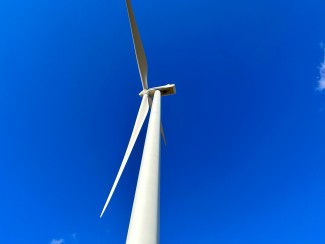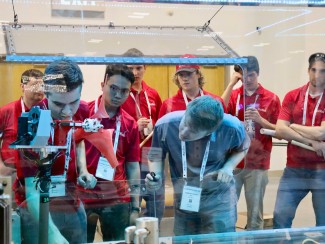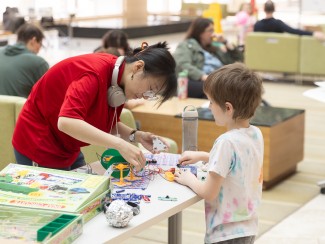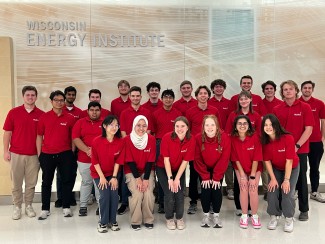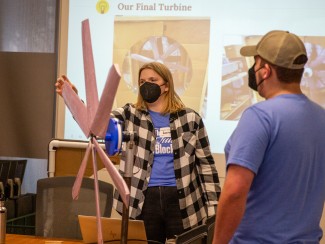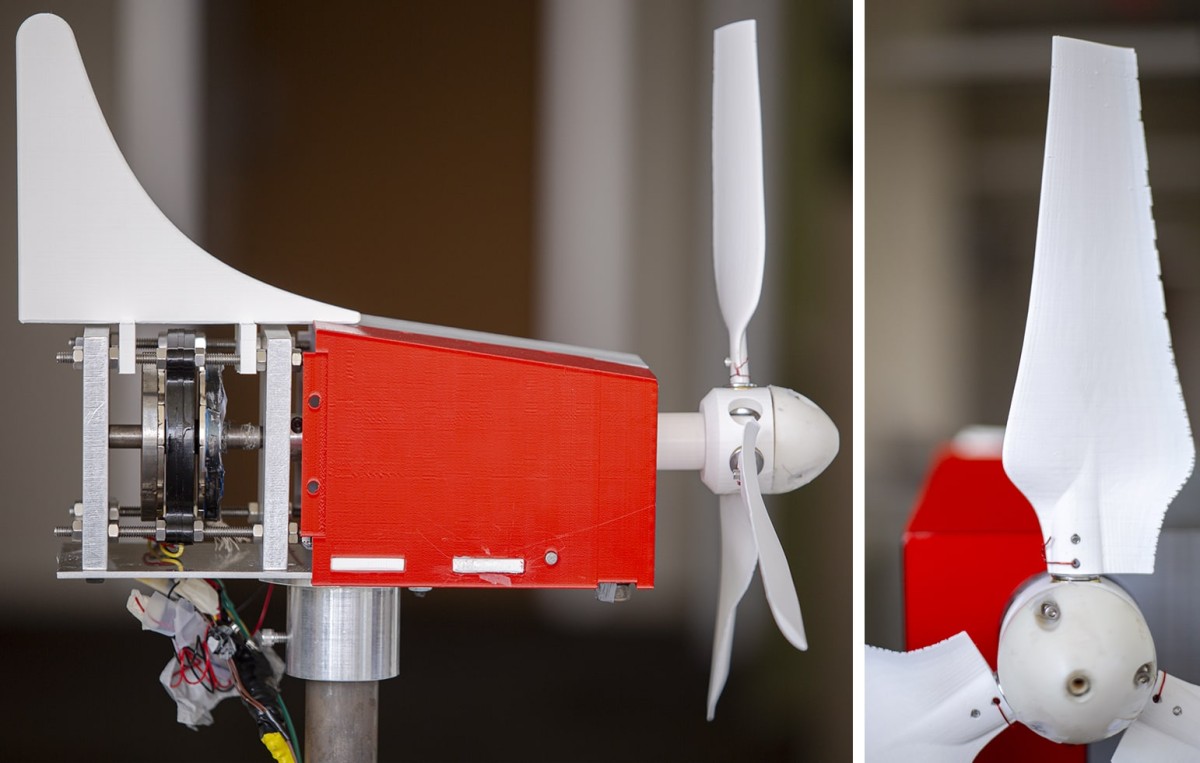
Undergraduates, researchers, and wind energy experts from across the country gathered together—albeit virtually—between June 2 and June 11 to watch thirteen undergraduate teams test their wind turbine prototypes and wind farm project plans in the U.S. Department of Energy’s 2021 Collegiate Wind Competition.
Among the elite collegiate teams selected to compete was the University of Wisconsin–Madison’s WiscWind team, making its sixth consecutive appearance in the national competition.
Each year, the competition changes to address real-world research questions and develop students’ skills for the energy workplace. For 2021, teams had to design, fabricate, and test a wind turbine, create a plan for siting a 100-megawatt wind farm in western South Dakota, discuss careers with wind industry professionals, and conduct outreach within their local communities.
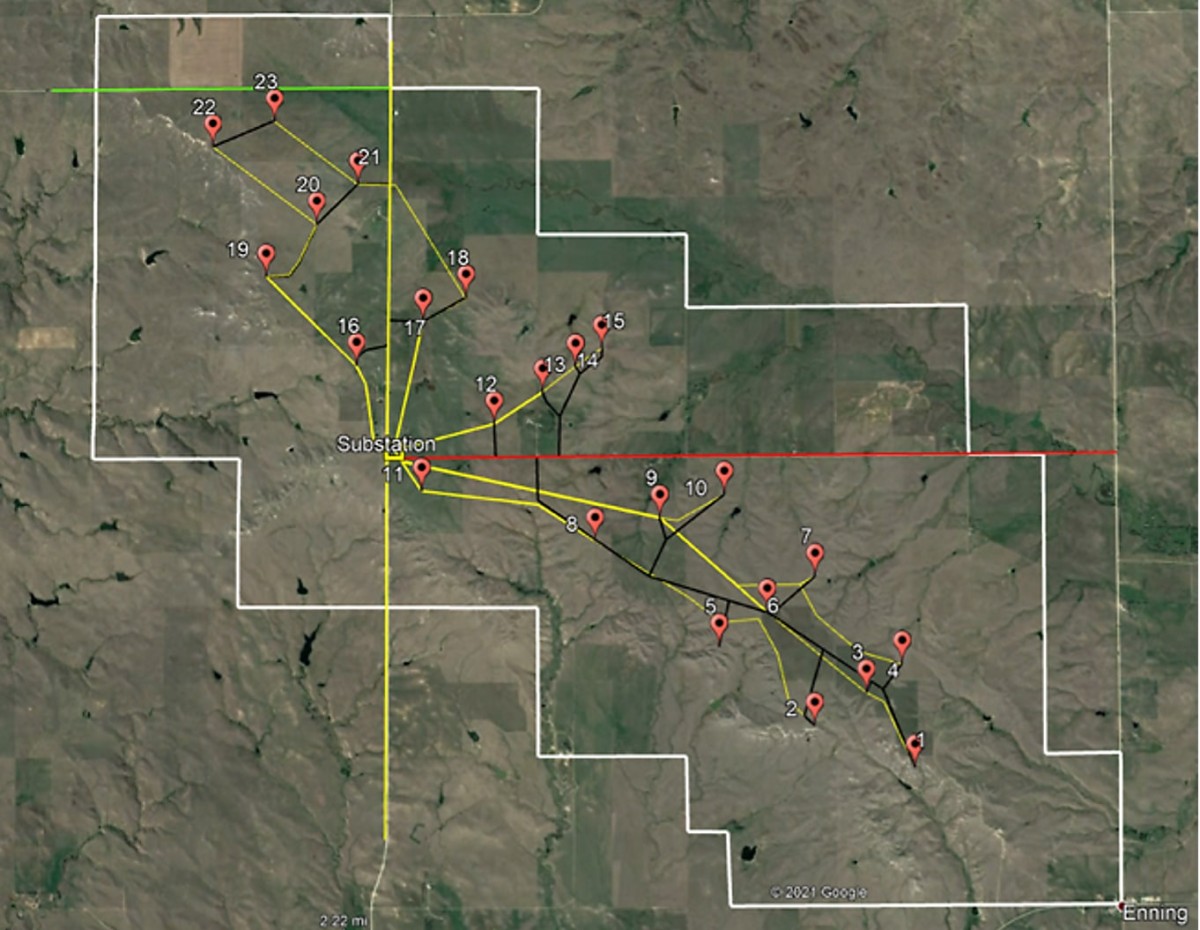
This year, UW–Madison’s WiscWind team designed a turbine with an active pitch control system for the first time. This innovation changes the angle of the turbine’s blades or shuts the turbine down, depending on wind speed. It “specifically influences the control over the rotor speed and associated power generation,” according to Zak Schuster, WiscWind’s mechanical team lead.
“This took a lot of fine tuning and collaboration from both the electrical and mechanical sub-teams and was instrumental in accomplishing many of the competition’s required tasks,” says electrical team lead Justin Casleton.
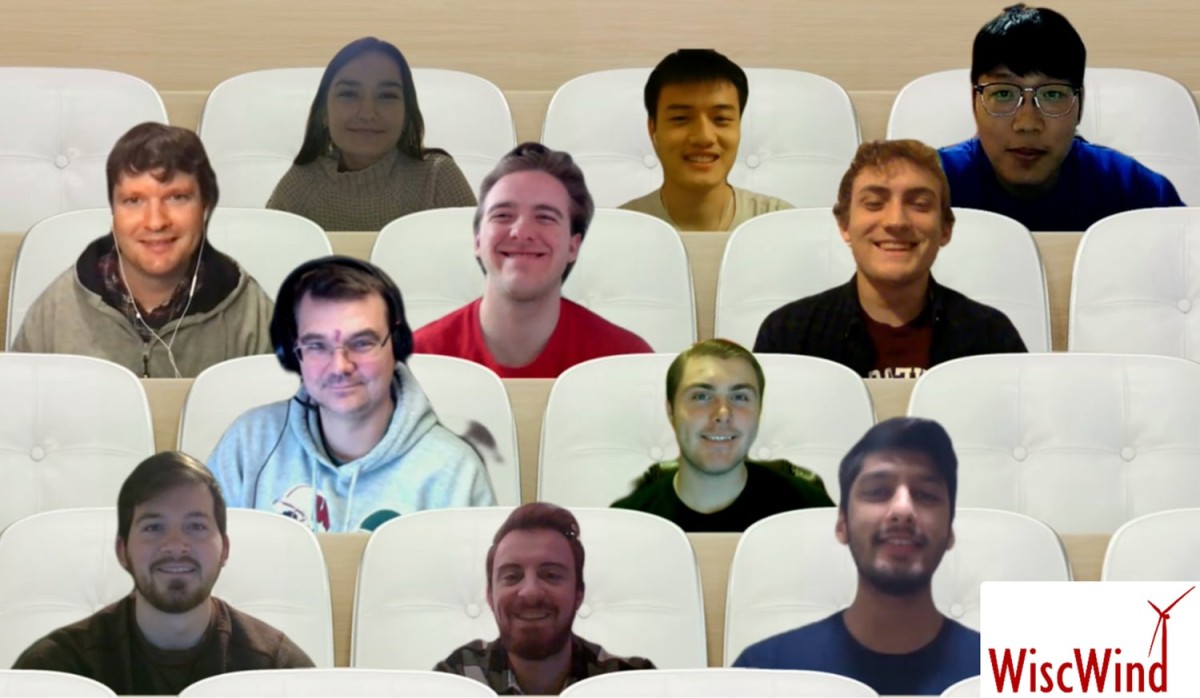
Casleton, Chris Stapelman; 3rd row: Jim Tinjum (faculty advisor), Michael Schmich; Bottom row: Zak Schuster, Carter Przybylski, CJ Bajaj
The team also sited 23 turbines for the 100-megawatt wind farm using a wind and land modeling software and Google Earth. They also considered the infrastructure and environmental impacts of their options, including transmission lines, wind resource, and topography. The team spoke with various wind industry experts, a lawyer, and faculty advisors to get as much information as possible throughout the project.
The team engaged with the local community to complete the outreach component of the competition. They presented a wind energy exploration workshop for grades two through eight in November and December of 2020 through the Wisconsin Energy Institute (WEI). They also assisted with 2021 Wisconsin KidWind Challenge, a hands-on wind energy design competition for 4th–12th grade students that was hosted virtually by WEI in March.
The COVID-19 pandemic brought many unforeseen challenges. Limited in-person interaction meant that some of WiscWind’s sub-teams met completely virtually over the course of the year. The technical team had various members working independently to design, build, and test different individual parts before putting the whole turbine together. “Explaining design concepts over a video call [was] much more difficult than being able to physically describe what you intended the design to achieve,” says Schuster.
The team had limited access to engineering facilities and equipment, which reduced the time available to fabricate and test their prototype. Team members 3D-printed parts in order to save time on machining, but this led to issues with parts fitting properly. They also faced setbacks when parts arrived later than expected.
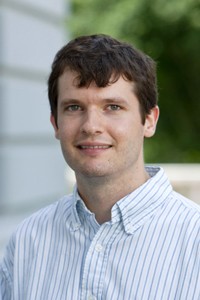
"Throughout the COVID-19 pandemic, our students have shown tremendous spirit, resilience, and adaptability," says Scott Williams, WEI research and education coordinator and lead advisor to the team. "I think the team was able to accomplish a great deal and were able to implement some new and innovative things this year that I’m proud of."
Despite the challenges, the students gained irreplicable engineering and leadership experience, preparing them for careers in the growing wind and renewable energy workforce. “In hindsight, I wish I had joined WiscWind earlier,” says Schuster. “It gave me valuable experience in the designing, testing, and prototyping of components that I couldn’t obtain from my undergraduate curriculum.”
Team members also walked away with more than an engineering experience. “Being a team is much more than working towards the same goal for the competition,” says project development team lead Anson Liow. “We are all UW students with a passion for renewable energy but since we all come from different backgrounds and are in different stages of our college journey, it is crucial to be kind and patient in order to strengthen the relationship between one another.”
A civil and environmental engineering graduate, Liow plans to return to UW–Madison next year for a master’s in construction engineering and management and wants to combine his experience in the construction sector with his passion for energy sustainability. Casleton’s experience with WiscWind led him to pursue a Certificate in Engineering for Energy Sustainability and plans to seek a career in the renewable energy industry.
Earlier this year, the team learned they will be one of eleven teams to compete in the 2022 Collegiate Wind Competition, slated to take place May 16–19, 2022, at the CLEANPOWER Conference & Exhibition in San Antonio, Texas.

